Last Updated on June 30, 2023 by April
Did you know many plants that like coffee grounds? Find out which plants in your garden would love your leftover coffee bits!
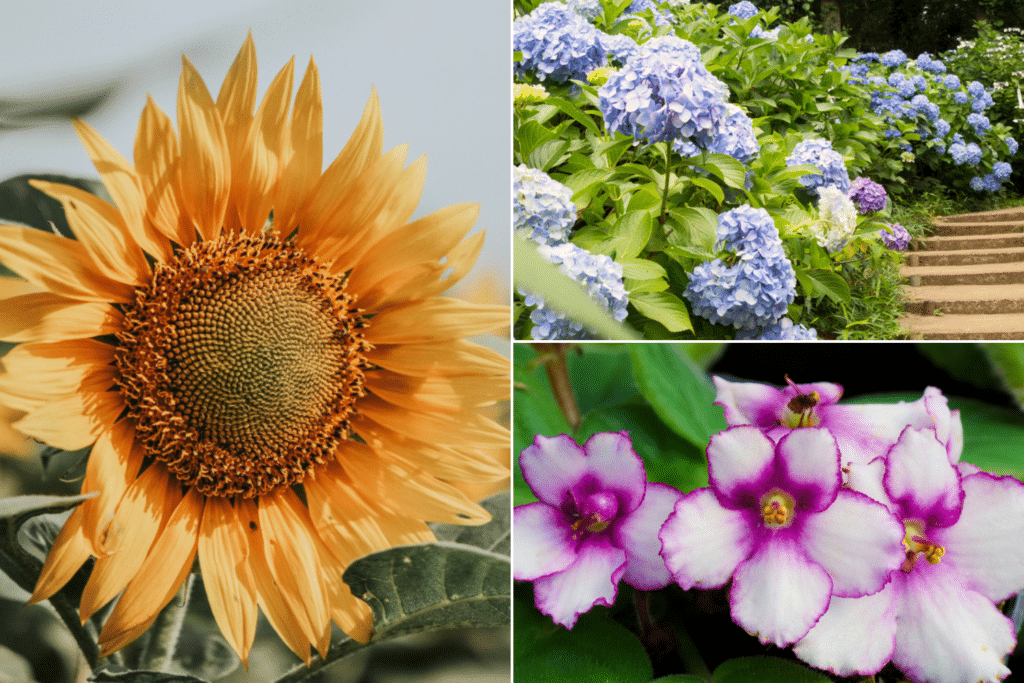
Coffee grounds, a widely available byproduct of coffee consumption, have gained attention for their potential use in gardening and plant cultivation. Rich in nutrients, they offer various benefits when used as a soil amendment or fertilizer. As waste reduction and sustainable agriculture practices become increasingly important, repurposing spent coffee grounds in horticulture presents an environmentally friendly option that can help improve plant growth and soil health.
Research has shown that certain plants, in particular, benefit from adding coffee grounds to their soil. These plants readily absorb nutrients and exhibit improved growth and overall health. The coffee grounds’ nitrogen, phosphorus, and potassium content can contribute to enhanced nutrient availability and soil fertility. Furthermore, the presence of organic matter and humic-like substances extracted from spent coffee grounds can positively affect soil structure, leading to better water retention and aeration for plant roots.
However, it is essential to be mindful of the potential challenges accompanying using coffee grounds in gardening, such as the phytotoxic compounds that may require detoxification. Additionally, long-term field trials are needed to understand better the full impact of spent coffee grounds on soil properties and plant growth. With these considerations in mind, integrating coffee grounds into plant cultivation methods shows promise as a sustainable and beneficial practice for both gardeners and the environment.
20 Types of Plants That Like Coffee Grounds
Camellias
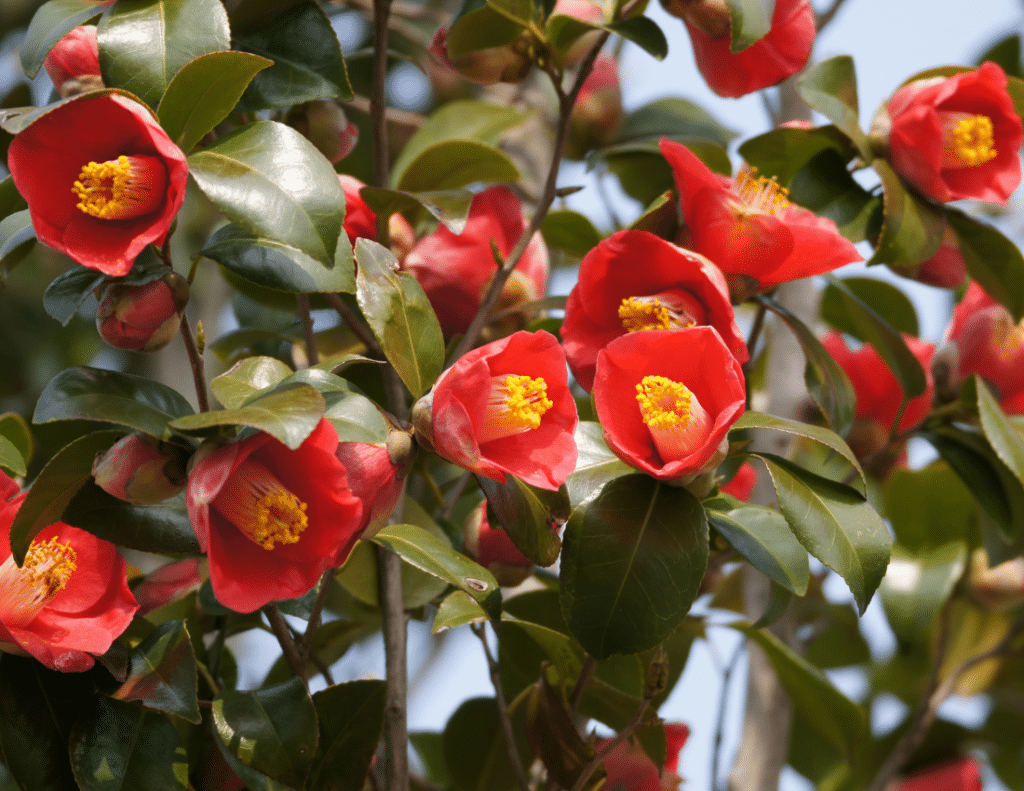
Camellias (Camellia spp.) are evergreen flowering shrubs native to Asia, thriving in hardiness zones 6 to 10. They prefer partial shade and well-draining, acidic soil. Spent coffee grounds can help maintain the soil acidity, as they are slightly acidic. Camellias require moderate watering and can reach a height of 6 to 12 feet with a similar spread.
Azaleas
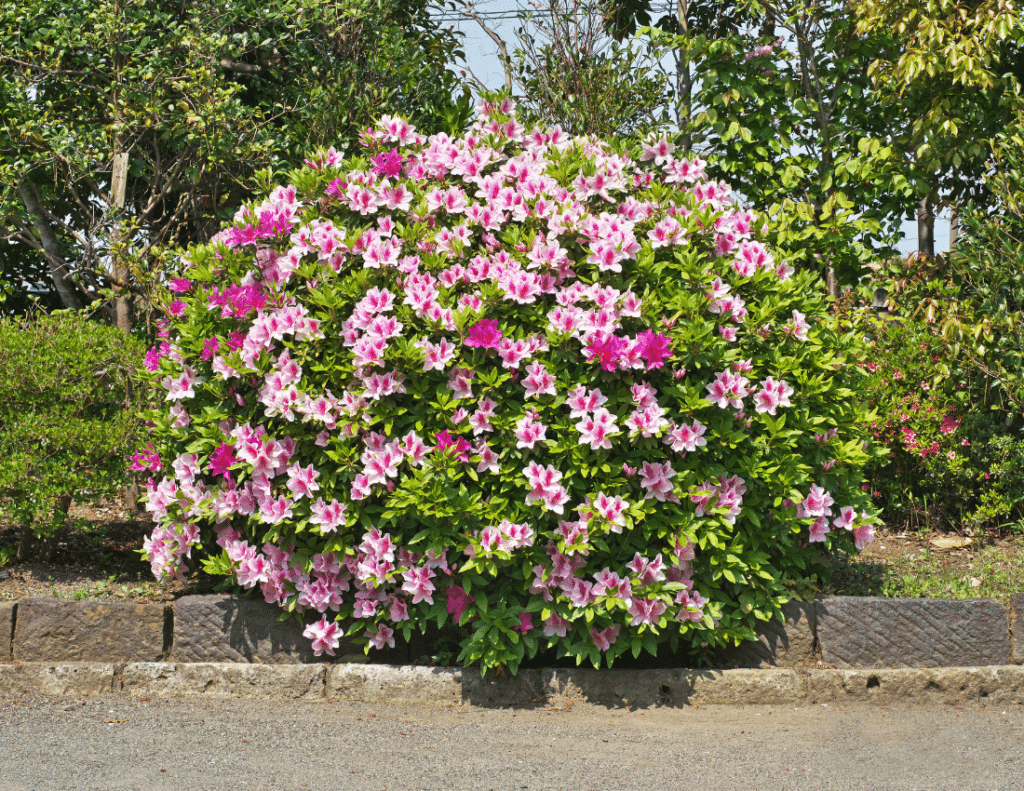
Azaleas (Rhododendron spp.) are popular flowering shrubs known for their vibrant blooms which come in various colors. They grow best in hardiness zones 4 to 9, preferring partial sun and acidic, well-draining soil. Coffee grounds can be beneficial in maintaining the required soil acidity. Azaleas are typically low-maintenance, needing regular watering but not over-saturating. They grow to a height of 3 to 5 feet with a similar spread.
Tomatoes
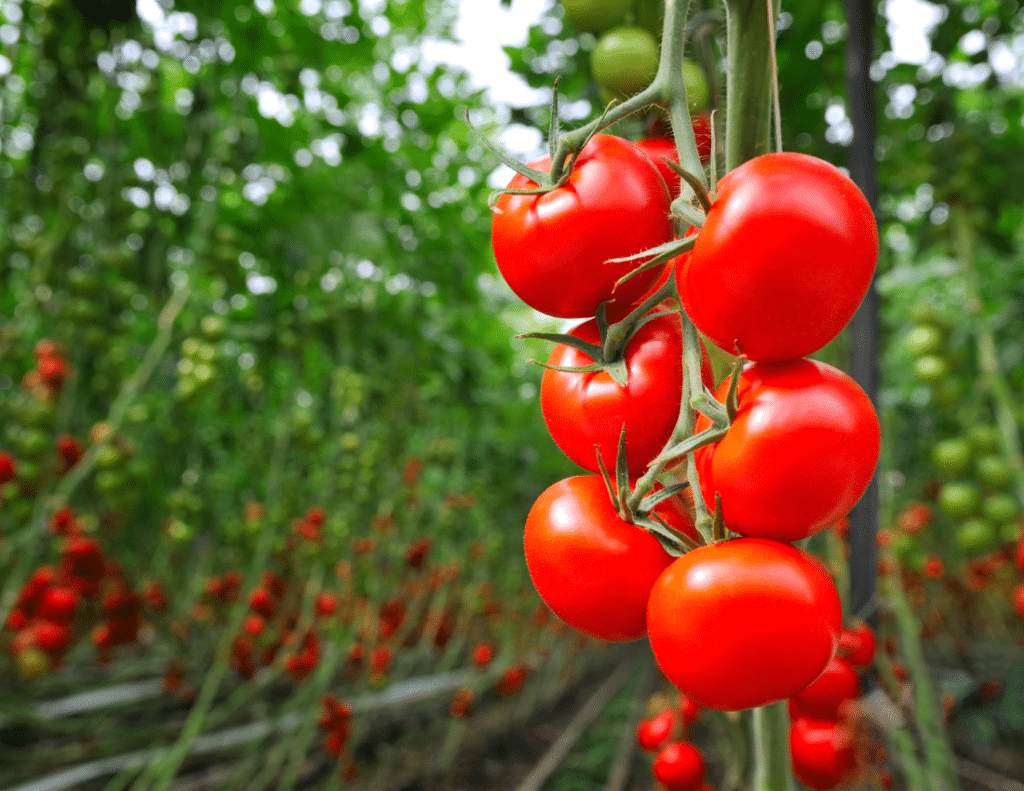
Tomatoes (Solanum lycopersicum) are an annual vegetable plant that thrives in hardiness zones 2 to 10. They require full sun and well-draining soil with consistent moisture. Coffee grounds can help improve soil structure and provide essential nutrients such as nitrogen. Tomatoes can grow to a height of 3 to 6 feet with a spread of 1 to 3 feet.
Blueberries

Blueberries (Vaccinium spp.) are perennial plants that produce sweet and nutritious berries. They are best suited for hardiness zones 3 to 10, needing full to partial sun and acidic, well-draining soil. Adding coffee grounds can help maintain optimal soil acidity and provide vital nutrients for plant growth. Blueberry plants generally need regular watering and can reach a height of 4 to 12 feet depending on the variety.
Cranberries
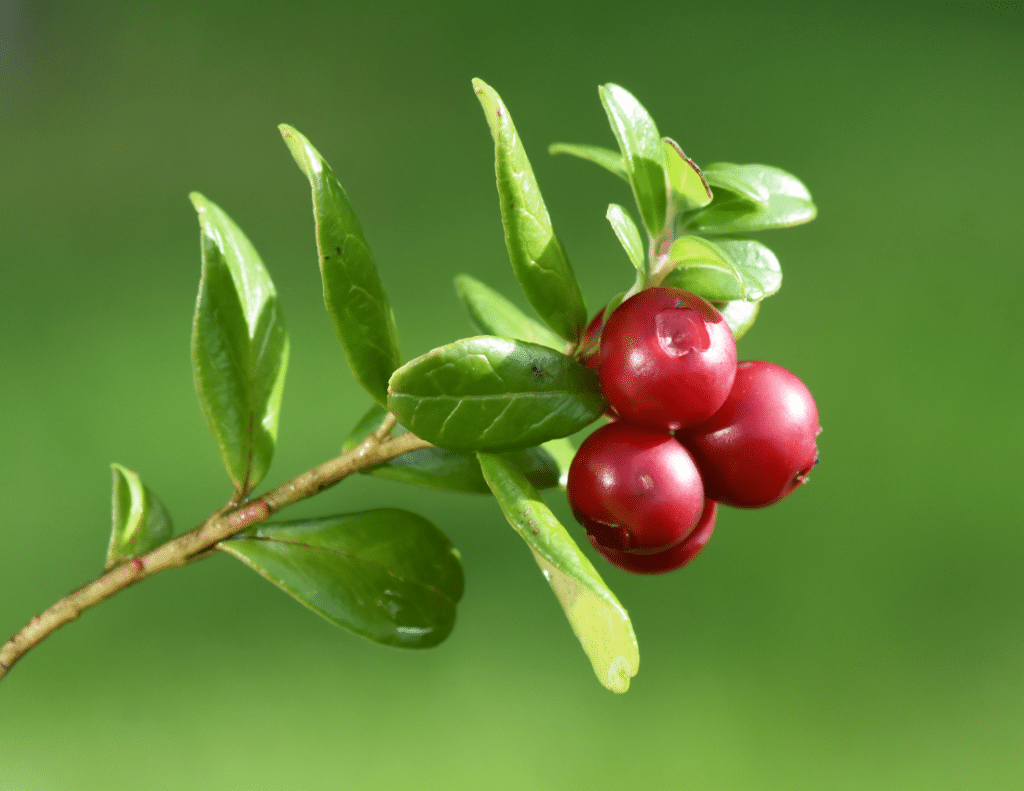
Cranberries (Vaccinium macrocarpon) are perennial fruiting plants native to North America and grow best in hardiness zones 2 to 7. They prefer full sun and acidic, well-draining soil. Coffee grounds can aid in maintaining the soil acidity needed for their optimal growth. Cranberries require wet soil conditions and can grow to a height of 6 to 8 inches with a spread of 2 feet.
Sweet potatoes

Sweet potatoes (Ipomoea batatas) are a perennial, tuberous crop grown as annuals in hardiness zones 9 to 11. They require full sun and well-draining soil. Spent coffee grounds can help improve soil structure, thereby promoting root growth. Sweet potatoes need regular watering and can reach a height of 6 to 18 inches with a spread of 3 to 6 feet.
Roses
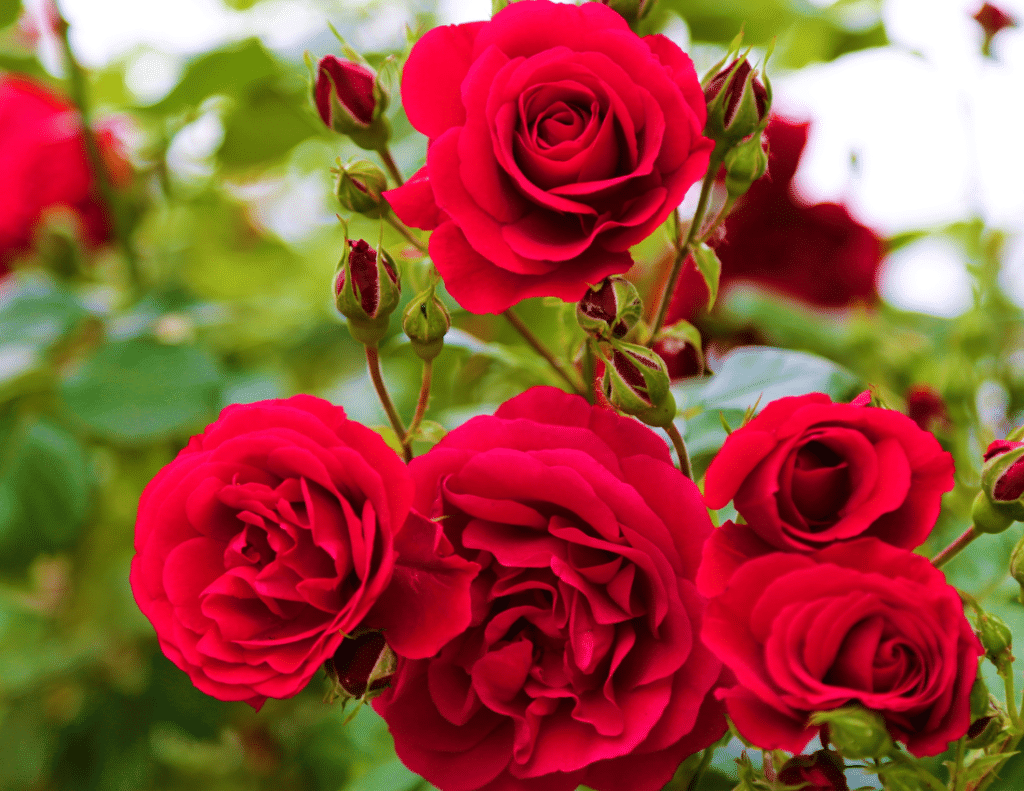
Roses (Rosa spp.) are perennial, flowering plants that grow best in hardiness zones 3 to 11. They need full sun and well-draining soil to thrive. Coffee grounds can help improve soil structure and add essential nutrients such as nitrogen. Roses require regular watering and can reach varying heights and spread depending on the specific variety.
Philodendrons
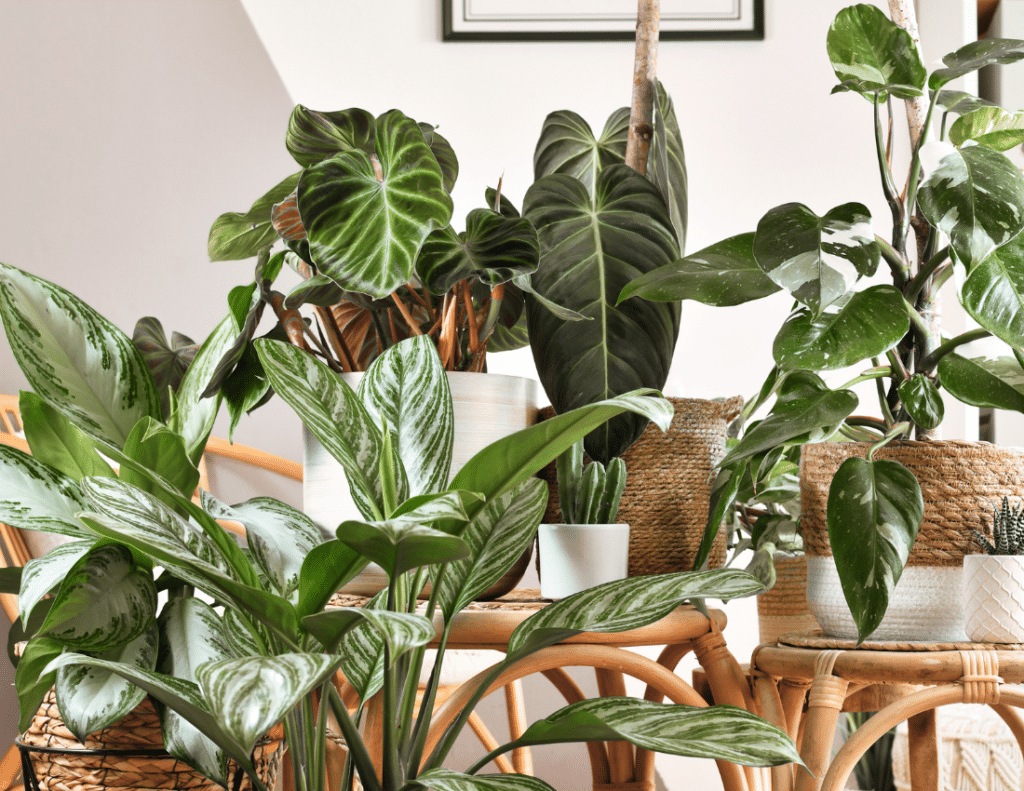
Philodendrons (Philodendron spp.) are tropical, perennial plants often grown indoors as houseplants in hardiness zones 9 to 11. They prefer bright, indirect light and well-draining soil. Spent coffee grounds can provide vital nutrients that promote healthy growth. Philodendrons require regular watering and can reach a height of 3 to 8 feet with a similar spread.
Hydrangeas
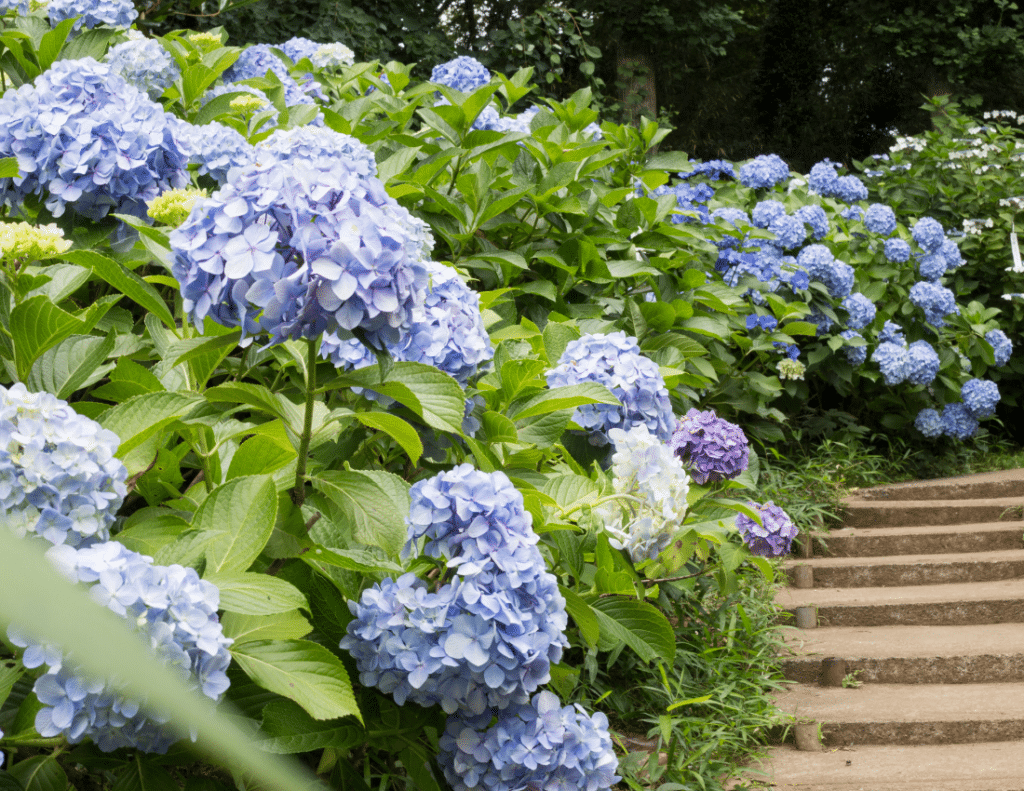
Hydrangeas (Hydrangea spp.) are deciduous flowering shrubs that grow best in hardiness zones 3 to 9. They prefer partial sun and well-draining soil. Coffee grounds can help improve soil structure and provide essential nutrients for optimal growth. Hydrangeas require regular watering and can reach a height of 3 to 10 feet with a similar spread.
Ferns
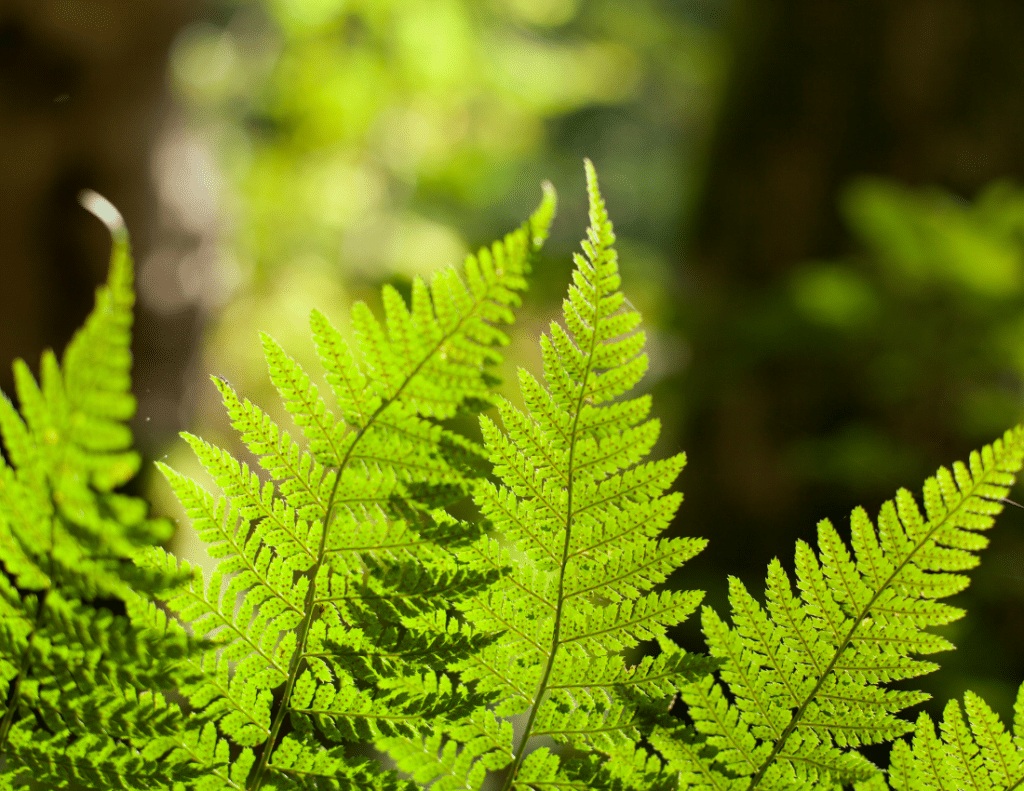
Ferns (Polypodiopsida spp.) are perennial plants that thrive in hardiness zones 3 to 11. They prefer shady locations and well-draining, slightly acidic soil. Spent coffee grounds can help maintain the soil acidity needed for their optimal growth. Ferns need consistent moisture and can reach varying heights and spread depending on the species.
Hostas
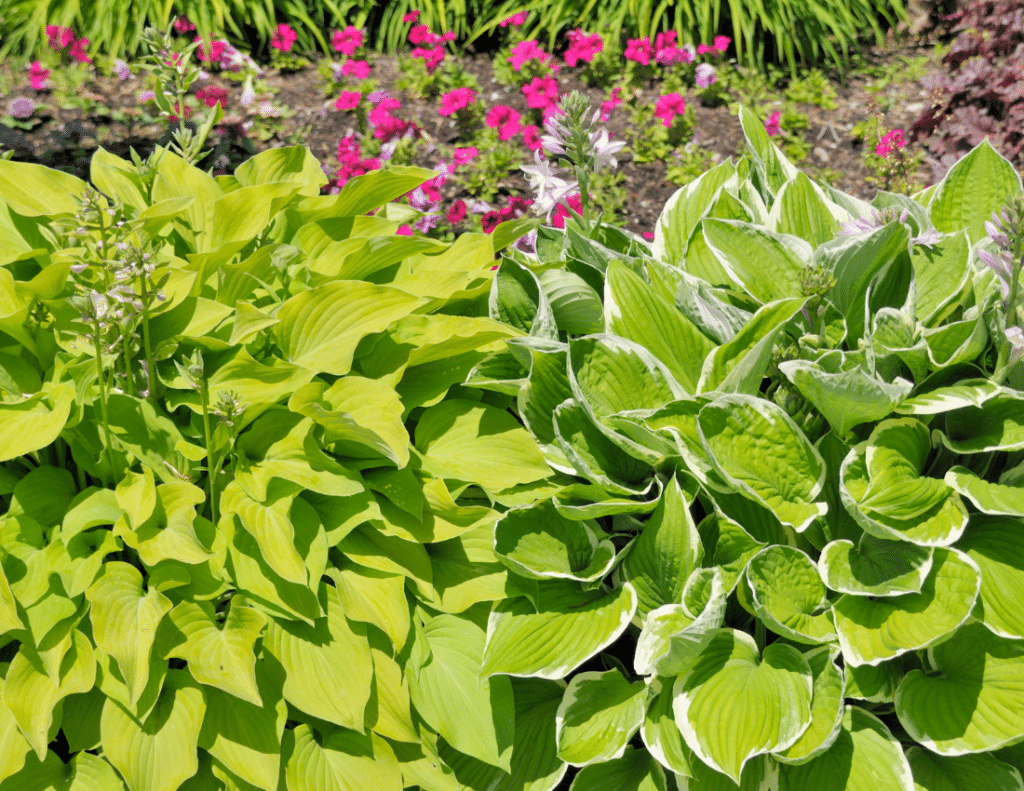
Hostas (Hosta spp.) are herbaceous perennials native to Asia, thriving in hardiness zones 3 to 9. They prefer partial shade and well-draining soil. Coffee grounds can help improve soil structure and provide essential nutrients for their growth. Hostas require regular watering and can grow to a height of 1 to 3 feet with a similar spread.
Marigolds
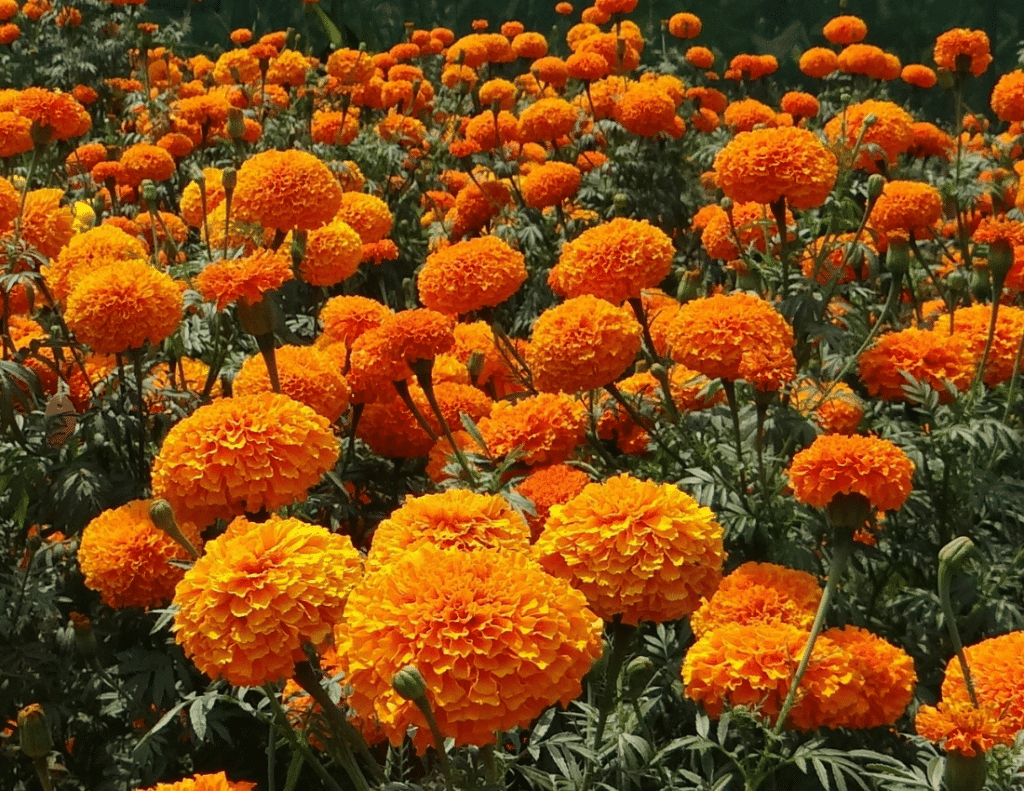
Marigolds (Tagetes spp.) are annual flowering plants that grow best in hardiness zones 2 to 11. They require full sun and well-draining soil. Spent coffee grounds can help improve soil structure and provide nutrients. Marigolds are relatively drought-tolerant and can reach a height of 6 inches to 4 feet depending on the variety.
African violets
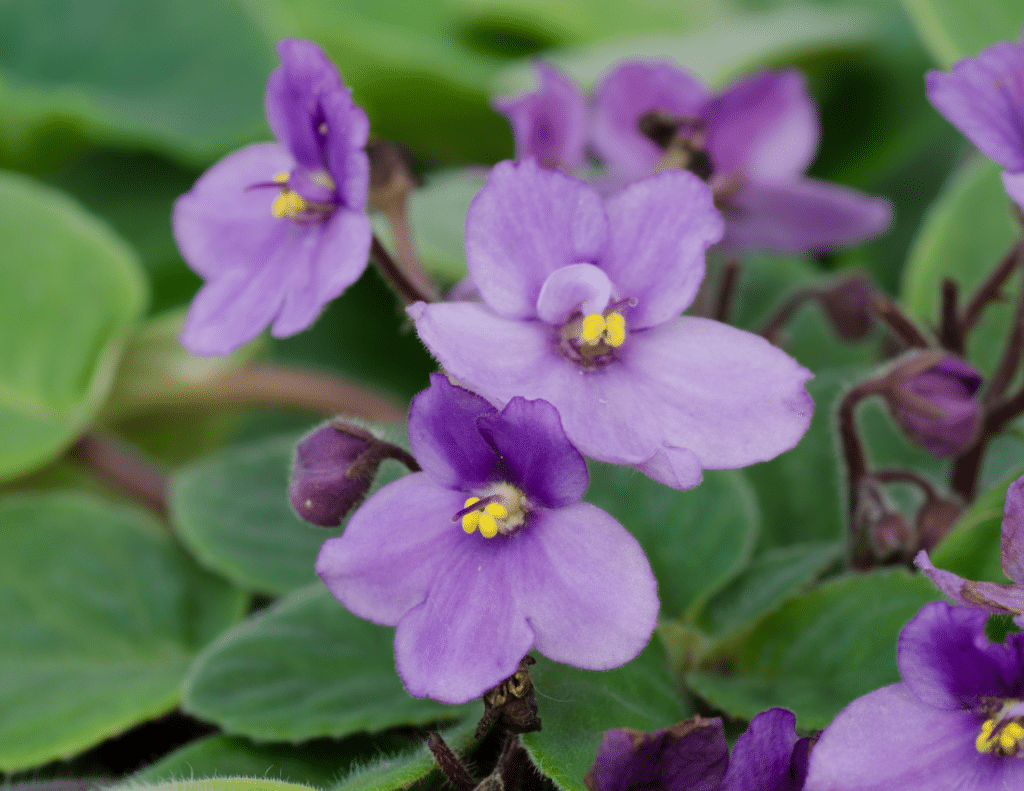
African violets (Saintpaulia spp.) are perennial, flowering houseplants that thrive in hardiness zones 11 to 12. They prefer bright, indirect light and well-draining soil. Coffee grounds can provide vital nutrients for their growth. African violets require consistent moisture and can reach a height of 2 to 4 inches with a similar spread.
Sunflowers

Sunflowers (Helianthus annuus) are annual, flowering plants that grow best in hardiness zones 2 to 11. They require full sun and well-draining soil. Coffee grounds can help improve soil structure and add essential nutrients such as nitrogen. Sunflowers need regular watering and can reach a height of 1.5 to 12 feet depending on the variety.
Cucumbers

Cucumbers (Cucumis sativus) are annual vegetable plants that thrive in hardiness zones 2 to 11. They prefer full sun and well-draining soil. Spent coffee grounds can help improve soil structure, thereby promoting root growth. Cucumbers require consistent moisture and can reach a height of 1 to 2 feet with a spread of 3 to 6 feet.
Squash
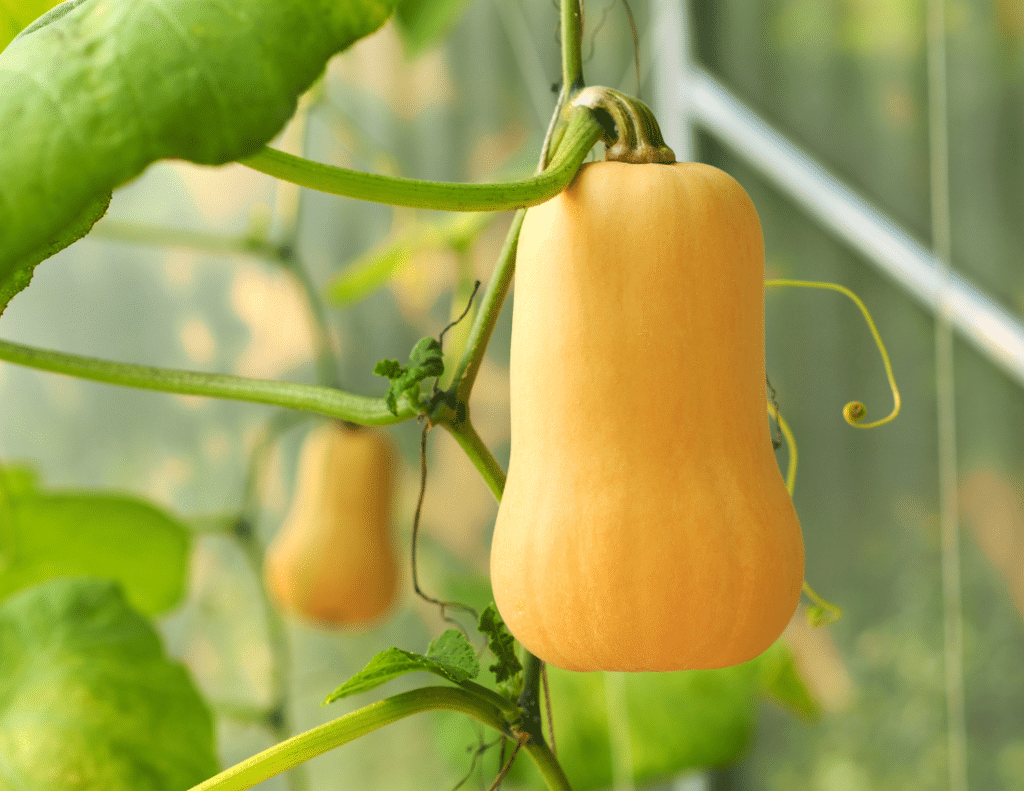
Squash (Cucurbita spp.) are annual vegetable plants that grow best in hardiness zones 2 to 11. They need full sun and well-draining soil. Coffee grounds can help improve soil structure and provide essential nutrients such as nitrogen. Squash plants require regular watering and can reach varying heights and spread depending on the specific variety.
Peppers
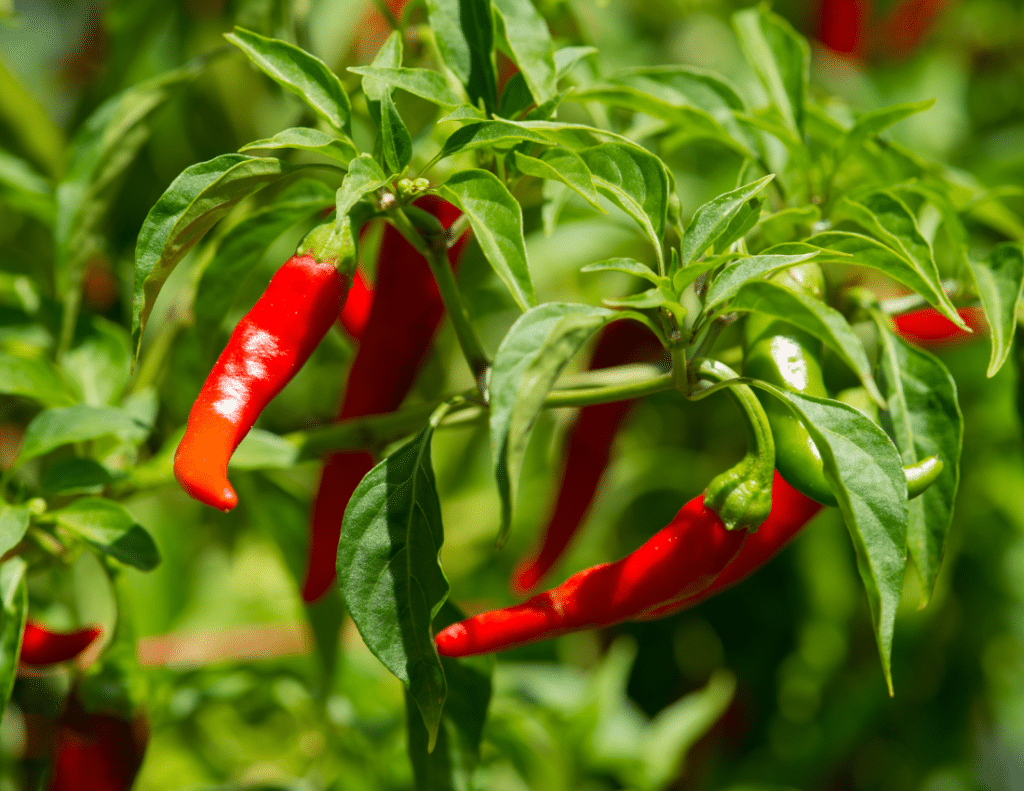
Peppers (Capsicum spp.) are annual vegetable plants that thrive in hardiness zones 2 to 11. They prefer full sun and well-draining soil. Spent coffee grounds can help improve soil structure and provide vital nutrients for their growth. Peppers need regular watering and can reach a height of 1 to 3 feet with a similar spread.
Citrus trees
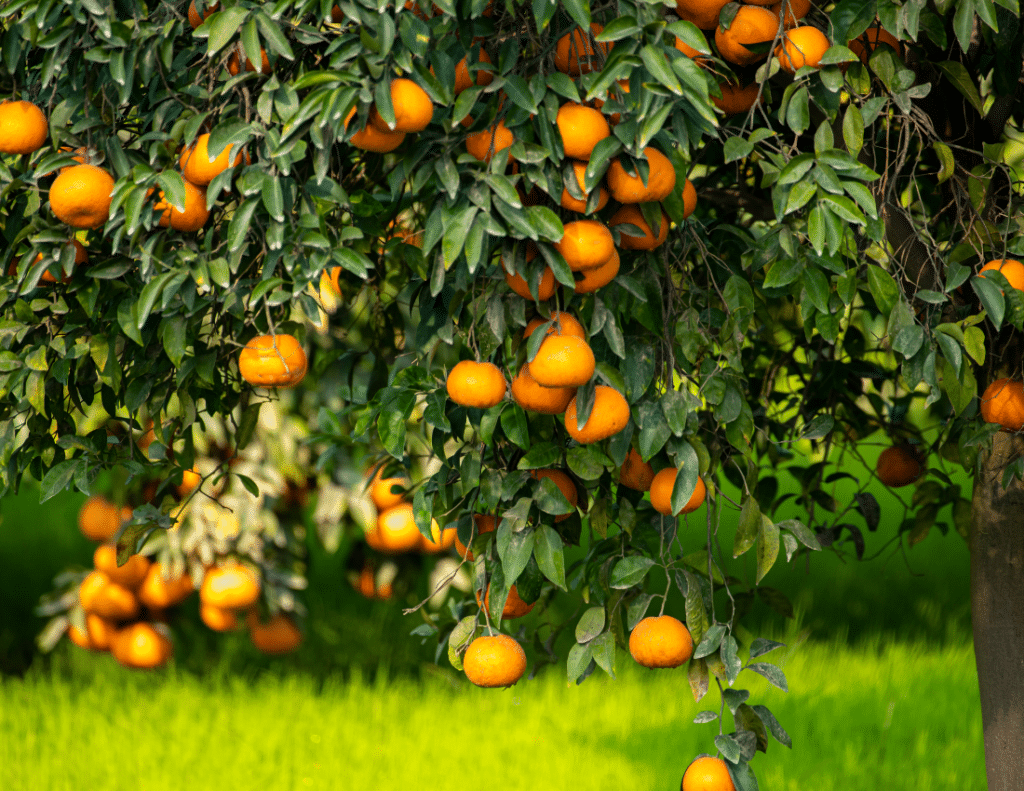
Citrus trees (Citrus spp.) are perennial fruiting plants that grow best in hardiness zones 8 to 11. They need full sun and well-draining soil. Coffee grounds can help plant growth and fruit production. However, coffee grounds should be used in moderation and mixed with other organic matter, such as compost or leaf mold, to avoid over-fertilization or soil acidity problems. Additionally, coffee grounds should not be used as the only source of nutrients for citrus trees, and they should not be applied too close to the trunk or in large quantities.
Fiddle leaf figs

Fiddle leaf figs, also known as Ficus lyrata, are a popular houseplant that belongs to the Moraceae family. They are native to western Africa, from Cameroon west to Sierra Leone, where they grow in lowland tropical rainforests. Fiddle leaf figs are known for their large, glossy, violin-shaped leaves that grow upright on a sleek trunk.
Fiddle leaf figs are not hardy outdoors in most areas, and are typically grown as indoor plants. They prefer bright, indirect light and can tolerate some direct sunlight, but too much sun can cause the leaves to burn. In terms of hardiness zones, fiddle leaf figs are typically grown in zones 10 to 12.
Rhododendrons
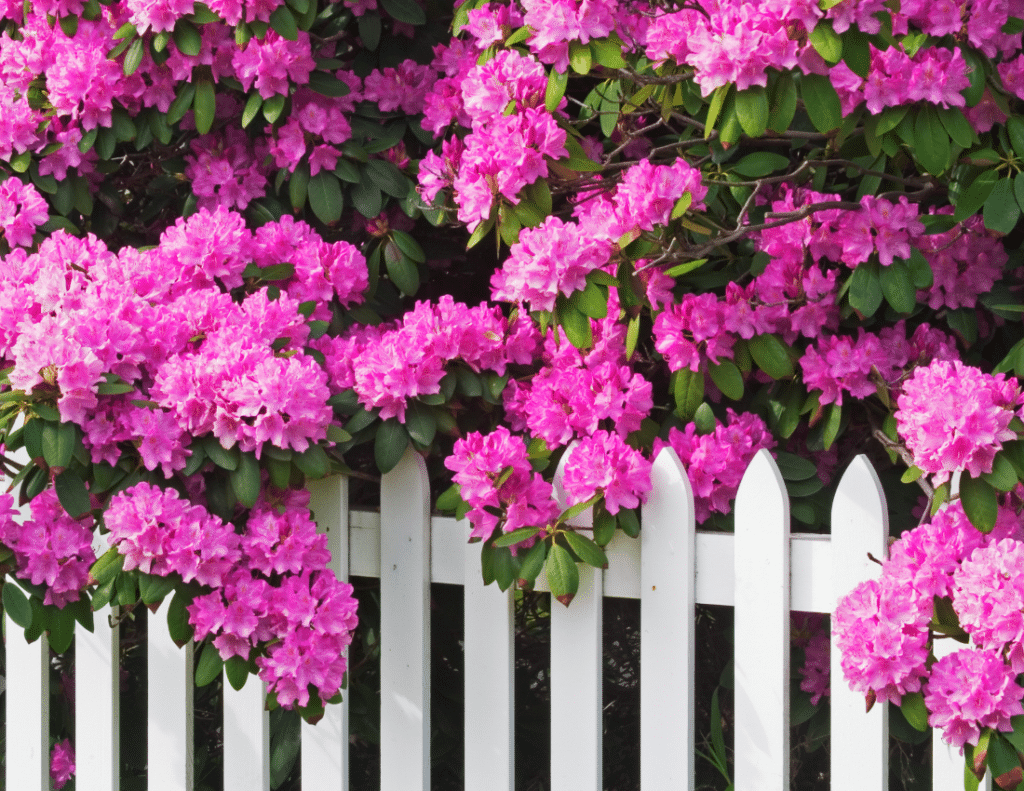
Rhododendrons are a popular group of flowering shrubs that belong to the Ericaceae family. Some of the most common rhododendron species include Rhododendron catawbiense, Rhododendron maximum, and Rhododendron ponticum. They are native to Asia, North America, and Europe, and are widely grown for their beautiful and colorful flowers.
Rhododendrons are generally hardy in USDA hardiness zones 4 to 9, depending on the species and cultivar. They prefer partial shade to full sun exposure, with at least 4 to 6 hours of direct sunlight per day. In hot climates, they may benefit from some afternoon shade to prevent leaf scorch.
Benefits of Using Coffee Grounds for Plants
Used coffee grounds can provide numerous benefits for plants, acting as a valuable source of nutrients and organic matter. They can serve as a natural fertilizer, helping to enrich the soil and improve its overall health. Furthermore, spent coffee grounds can serve as mulch, retaining moisture, and suppressing weed growth around plants.
Coffee grounds are rich in essential nutrients such as nitrogen, phosphorus, potassium, calcium, magnesium, iron, zinc, copper, and many micronutrients that are vital for plant growth and development. These nutrients are gradually released into the soil as the coffee grounds continue to decompose, benefiting the plants over time. When added to compost piles, spent coffee grounds can also help to balance the carbon-to-nitrogen ratio, benefiting the overall composting process.
According to Washington State University, coffee grounds have been shown to enhance soil fertility and structure by attracting earthworms, which play a key role in breaking down organic matter and aerating the soil. Earthworms consume the coffee grounds, leaving behind nutrient-rich castings that can further benefit plants and improve the soil’s overall health.
In addition to providing nutrients, coffee grounds can also help with moisture retention. This is particularly useful in areas with dry or sandy soil, where retaining water can be a challenge. By using coffee grounds as a mulch, moisture can be better conserved around plant roots, reducing the need for frequent watering.
It is worth mentioning that while coffee grounds can be an excellent addition to your garden, it is essential to apply them appropriately. Over-application of coffee grounds can result in excessive nitrogen content in the soil, which could negatively impact plant growth. Finding the right balance is crucial to ensure optimal results.
To use coffee grounds effectively, they can be added to compost, made into a liquid fertilizer, or applied as a top dressing to the soil surface. Whatever method you choose, be sure to take into account the specific needs of your plants and the desired results in your garden to maximize the benefits that spent coffee grounds can provide.
Impact on Soil Health and Structure
When incorporating spent coffee grounds into soil, several factors are affected, including the soil pH, aeration, drainage, water retention, and microorganism activity. Coffee grounds are known to have a slightly acidic pH level, typically ranging from 6.0 to 6.5. If the soil is already acidic, adding coffee grounds in moderate amounts might help maintain the acidity desired for acid-loving plants, such as azaleas, rhododendrons, and blueberries.
For plants that prefer more neutral or alkaline soil, using composted coffee grounds could be a better option. Composting coffee grounds with other organic materials helps to balance the pH level, making it suitable for a wider range of plants. It is important to monitor the soil pH regularly and adjust the amount of coffee grounds added to the compost bin accordingly.
The addition of coffee grounds also improves soil structure. They increase aeration by breaking up compacted soil, promoting better root growth and overall plant health. Improved aeration also contributes to better drainage, preventing root rot caused by waterlogged soil. At the same time, coffee grounds help with water retention, which is especially beneficial for sandy soils that tend to dry out quickly.
Furthermore, coffee grounds serve as a source of nutrients, including nitrogen, potassium, and phosphorus, essential for plant growth. However, it is necessary to note that the nutrients are released slowly, making them more suitable as a soil amendment rather than a direct fertilizer.
In addition to their impact on soil properties, coffee grounds also support beneficial microorganism activity. They provide organic matter that serves as food for earthworms and other soil-dwelling organisms, which in turn improve the soil’s overall health. However, excessive amounts of coffee grounds can be detrimental as they could create an imbalance in the soil microbial community, potentially leading to problems such as fungal growth or nutrient imbalance.
In conclusion, using spent coffee grounds in appropriate amounts and properly composted can have a positive impact on soil health and structure. Regular monitoring of soil pH and nutrient levels is essential for ensuring optimal growing conditions for various types of plants.
Reminder: Coffee Grounds Can’t Substitute for Fertilizer
While it’s true that used coffee grounds can provide some benefits to plants, it’s important to remember that they cannot fully replace the need for proper fertilization. Coffee grounds are known for being rich in nitrogen, which is an essential nutrient for plant growth. However, plants also require other nutrients like phosphorus and potassium to thrive.
Incorporating coffee grounds into the soil can improve its structure and drainage, which is beneficial for plant root development. Additionally, coffee grounds can attract beneficial microorganisms and help suppress certain soil-borne diseases. Despite these advantages, relying solely on coffee grounds for plant nourishment can lead to nutrient imbalances or deficiencies.
To ensure that plants receive a well-rounded supply of nutrients, it’s best to use coffee grounds as a supplementary source of nitrogen in conjunction with a balanced fertilizer. This approach allows plants to reap the benefits of coffee grounds while still receiving adequate amounts of phosphorus, potassium, and other essential elements.
When using coffee grounds in the garden, it’s also crucial to monitor soil pH levels. Coffee grounds are slightly acidic, and while some plants, like azaleas and blueberries, prefer acidic soil, too much acidity can be detrimental to other species. Regularly testing the soil pH and making necessary adjustments will help maintain a healthy environment for plants.
In summary, while coffee grounds can provide certain benefits to plants, they are not a comprehensive alternative to traditional fertilizers. By using coffee grounds alongside a balanced fertilizer and monitoring soil pH levels, gardeners can help ensure optimal plant health and growth.
Avoiding Potential Issues with Coffee Grounds
Spent coffee grounds can be beneficial to certain plants, as they contain essential nutrients such as nitrogen, potassium, and phosphorous. However, it’s essential to be cautious when using them in the garden to avoid potential issues.
One major concern when using fresh coffee grounds is their high acidity level. Fresh grounds can be phytotoxic to some plants and negatively affect their growth. To avoid this, it is advisable to use spent coffee grounds, which have a more neutral pH, making them suitable for most plants.
When using coffee grounds, it’s vital to avoid applying them directly to the soil surface, as this can cause mold growth. Instead, coffee grounds should be mixed thoroughly with potting soil or compost. This ensures that the plants receive a balanced mix of nutrients and prevents any potential mold issues.
Although coffee grounds can deter slugs and some ants, excessive use in the garden might attract other types of ants that find coffee grounds appealing. To keep ant populations in check, it is recommended to scatter the grounds sparingly throughout the garden and monitor the area to ensure unwanted insects are not being attracted.
Regarding nitrogen, it is crucial to maintain a balanced nitrogen-to-carbon ratio in the soil. Although coffee grounds are rich in nitrogen, they can be slow to release it. To optimize nitrogen availability for plants, mix coffee grounds with other organic matter, such as leaves or grass clippings.
In conclusion, to avoid potential issues when using coffee grounds in the garden, it is essential to use spent grounds instead of fresh ones, mix them with other organic materials, and monitor the garden for unwanted insect populations.
Alternative Uses and Application Methods
Many plants can benefit from the use of spent coffee grounds due to their high nutrient content. Some common plants that enjoy coffee grounds as a soil amendment or fertilizer include spider plants, pothos, snake plants, African violets, blueberries, jade plants, lilies, aloe, cabbage, peppers, potatoes, radishes, broccoli, rhododendrons, gooseberries, and asparagus.
Spent coffee grounds can be incorporated into the soil as a slow-release fertilizer, providing essential nutrients like nitrogen, phosphorus, potassium, and micronutrients to the plants. To do this, simply mix the spent coffee grounds into the soil around the base of the plant.
Another method for using coffee grounds is to make a liquid fertilizer by steeping the grounds in water. This can be achieved by adding about a cup of spent coffee grounds to a gallon of water and allowing it to sit for 24 hours. Once ready, the liquid can be applied directly to the soil around the plant or used as a foliar spray.
Composting coffee grounds is another popular application method. Adding spent coffee grounds to a compost pile or bin helps to maintain a healthy balance of green and brown materials, which are essential for the decomposition process. Coffee grounds can make up about 10-20% of the total compost material.
Some plants, such as blueberries, rhododendrons, and gooseberries, prefer acidic soil. Coffee grounds are slightly acidic and can help to naturally lower a soil’s pH level. Mixing coffee grounds into the soil around these acid-loving plants not only provides nutrients but can create a more suitable environment for them to thrive.
It is important to note that coffee grounds should be used in moderation, as excessive amounts can lead to issues such as nitrogen toxicity or create a water-repellent layer in the soil. Additionally, research suggests that coffee grounds can potentially suppress the growth of some types of plants, so it’s essential to observe your plants and adjust their use accordingly.
In summary, spent coffee grounds can be a valuable resource in the garden, providing nutrients and improving soil structure for a wide range of plants. By incorporating them into the soil, making a liquid fertilizer, or adding them to compost, you can harness the power of coffee grounds to support the growth of your plants in a sustainable and cost-effective way.


